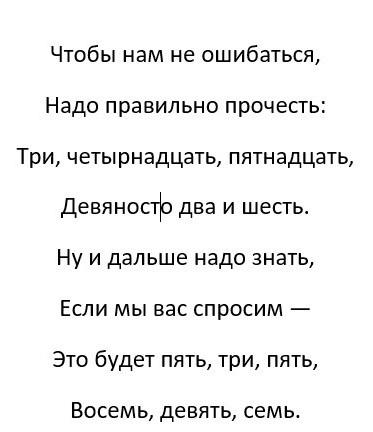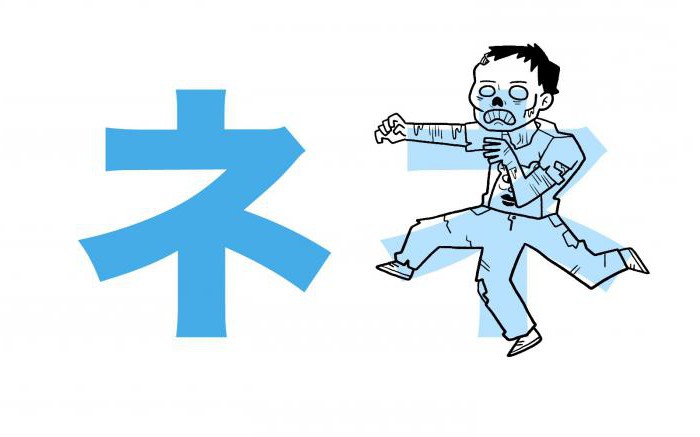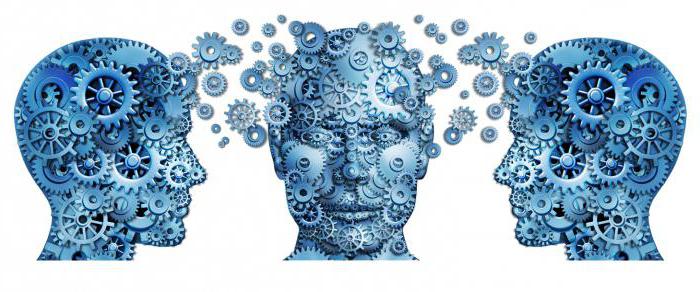As a famous chess player from Armenia once said, memory is an extremely mysterious thing, as it allows him to remember the games played several decades ago, but remembering your phone number is completely unrealistic. And for scientists involved in the features of memory, it also still represents a mysterious mechanism. We managed to identify and study some of its parameters, characteristics, but we still do not have more information. Where are the memories stored? How to activate the memory? How to adjust memory storage? All these questions either have no answer, or scientists are just starting to find it. Especially for those who want to develop their memory, mnemonics was invented. The exercises that this practice offers provide opportunities for self-development and self-improvement.
How to improve memory?
As scientists were able to find out, a huge number of neurons are involved in the memory mechanisms, which form connections with neighboring tissue sites. Stimulation of cells of the nervous system allows you to save data in short-term memory, and frequent repetition of stimulation strengthens the connections between neurons and makes them stable. This allows data to move from short-term memory to storage for a long time.
Mnemonic exercises presuppose an effect on communications in such a way that the data is transferred from short-term memory to long-term. All the exercises on which the school curriculum is built are designed for the same: repeated repetition of the same allows you to make neural connections stronger. At the same time, it is well known that some data is much easier to remember, but mastering others is difficult. If some information is persistently not kept in memory, but it must be memorized, the exercises of mnemonics actively used in marketing strategies, and in directing, and in psychology come to the rescue.
Basic Rules
As it was found out (and then realized in the mnemonics exercises), it is best for a person to absorb data at the beginning of the information block and its end. It is also easier to remember if a person gives himself the setting: "This is important!" As it was possible to identify in the course of research, the subjects better remembered incomplete phrases (probably, the thinking mechanisms responsible for curiosity work here).
The more interesting the information, the easier it is to remember. An additional positive effect is obtained by repeating the data, preferably several times. Finally, the last rule - you need to remember in practice. The more useful the information is for our daily lives, the more efficiently it will be absorbed by our brain and more readily recorded by it in a long-term storage. Effective exercises for the development of memory from mnemonics take into account all these rules (or most of them).
Why do we need mnemonics?
Most often, such a question occurs to a person who has a good memory from nature. Nevertheless, mnemonics may be useful in this case too: for example, this method allows you to keep information difficult to assimilate in your head. You can quickly create an associative series, thanks to which the brain encodes information and stores it, despite the difficulty for perception (for example, long numbers). To form an associative series, as can be seen from the exercises of mnemonics for memory, you can, based on anything: touches, sounds, or visual images.
Simple and effective techniques
One of the most effective methods of mnemonics is called the “Palace of Memory”, but it is suitable only for those who have a strong imagination, as well as people with a pronounced creative potential, since you have to create a fictional world around the object, information about which needs to be learned. But mnemonics in exercises for children involves the use of much simpler, but also effective methods, of which rhyme comes first. From school, she is known for memorizing the number “pi”: a special poem was written that allows you to memorize this complex figure right up to the 13th character. Mnemonics in exercises for schoolchildren recommends writing simple poems for any object that you need to learn about. Filing in rhymed form makes it easier to remember, and repeated repetition of a poem transfers data to a long-term storage of information in our brain.

It is through the poem that one can remember verbs that are exceptions in our native language. A collection of words was invented in poetic form in which complex stresses are given not to everyone and not to everyone. By memorizing a poem, mastering data is made much easier. It is not necessary to take ready-made exercises of mnemonics for beginners, you can easily compose your own poem - and it will be assimilated even better than prepared by someone.
Sounds and auxiliary objects
Quite often, mnemonics, exercises for the development of memory are resorted to when studying the Morse code. Indeed, remembering the correct codes for all letters is very difficult. As a rule, students of the morse code resort to the encoding of each of the characters with sounds, in other words, they hum, mastering the alphabet. For example, to designate the first letter of the alphabet, written by a sequence of dots and dashes, they often sing “Ai-daa”, and the second is remembered for themselves as “Baa-ki te-kut”, since the letter “B” is encoded by a sequence of dashes and three dots .
Suitable for everyone
The option described above is a mnemonics for the development of memory for adults. Exercises for children are usually simpler. For example, to understand how many days are in a month, you just need to count on the knuckles. Surprisingly, this technique, invented much earlier than the word "mnemonics", fully meets the rules for the exercises of this methodology. To check how long a month is, you just need to clench your hands and count the months on the knuckles. If it falls on the bone - 31 days, if it falls on the cavity - 30. Another fun method that allows you to remember the process of moon growth, which is not easy for human perception: if you put a finger to the month, you can understand whether the moon is waning or growing. If the letter “P” came out, then the growth period.
Communication between objects
Particular attention in mnemonics is focused on the interaction of objects with each other, on the possibility of creating a sequence of even seemingly unrelated objects, sounds and phenomena. This creates a meaningful sentence, which is stored in memory for a long time. A classic example from Russian grammar, allowing you to remember all cases in the correct sequence: "Ivan gave birth to a girl, ordered to drag the diaper." It would seem that the meaning of this proposal is very small, but it is thanks to the absurdity that it is easier to remember. Another good example: “Every hunter wants to know where the pheasant sits.”

The same logic, available from mnemonics, can be used to remember a sequence of numbers (for example, a telephone number). For encoding, you should use the very keyboard on which the number is dialed. For each digit there is a combination of characters recorded on the same key. You can just remember a word that can be typed through the desired keys, and this will save the phone number in memory.
Speed reading and mnemonics
One of the important practical applications of mnemonics is the ability to read quickly. The slower a person remembers the information received, the slower he assimilates it, the slower he reads. On the contrary, one who can quickly remember the data received is also quickly able to read some text and learn from it the maximum of useful information.
Mnemonics training requires effort and time. It is unlikely that it will be possible to achieve good results in less than six months, although it is possible to master the basic ideas of the methodology in just a couple of days. It is important to be diligent in the task set for yourself and clearly realize what you need to train your brain for.
Background memory
Simple exercises from mnemonics allow you to effectively train your background memory. A verbal account will come to the rescue : in your free time you can come up with small examples and calculate the total of them in your head without resorting to notes. It is also necessary to try to keep as long as possible in your head the data that aroused at least some interest. If you manage to do this even without forming an associative chain - this is a definite success. When reading a book, you should concentrate on storing several paragraphs in memory at the same time - say, five at once. At first it will not be easy, but over time it will give good results for memory.
If mnemonics is used to memorize verses, then there is one good tip that simplifies the process of memorization: you must repeat the information daily. That is, the best result is given by long memorization, stretched over weeks and even months. No need to rush, the main thing is quality. You can start with one quatrain, to which several lines are gradually added. In addition to the direct order, it is worth remembering the reverse as well. This will give the best result - the poem will remain in memory for a lifetime.
Figures, words and science
Some scholars are of the opinion that it is impossible to improve memory. This is largely due to the fact that to this day all the features of the mechanisms are unknown, on the basis of which a person remembers, saves information, applies it to his life. But the appearance of a good memory can be created if you use the capabilities of mnemonics. At the same time, it is known that clear memorization for all is available in the amount of seven objects (+/- two units). This applies to sentences, words, and numbers. Such a volume of information is assimilated at a time, but each subsequent approach gives an increase in the stored volume of data.

To memorize numbers, it is recommended to use an associative series. These mnemonic exercises are most useful for children. For example, the number “2” is similar in shape to a swan - this is an associative chain that allows you to put the correct spelling in your head. As soon as you manage to remember one hundred images describing one hundred numbers, then you can already choose any images from memory to describe a variety of numbers, no matter how long they are.